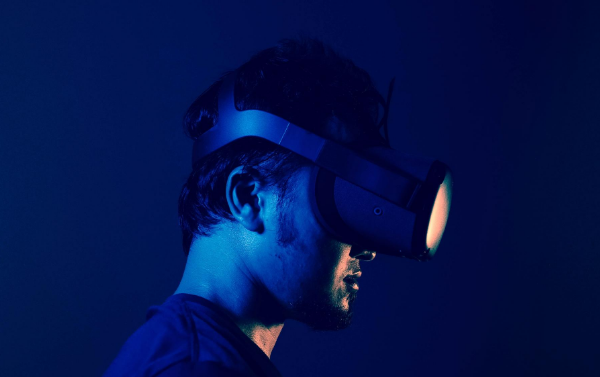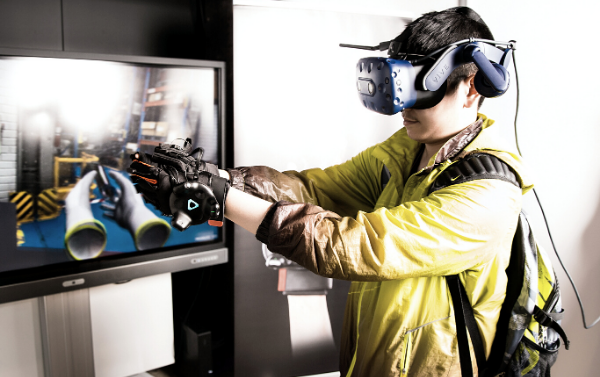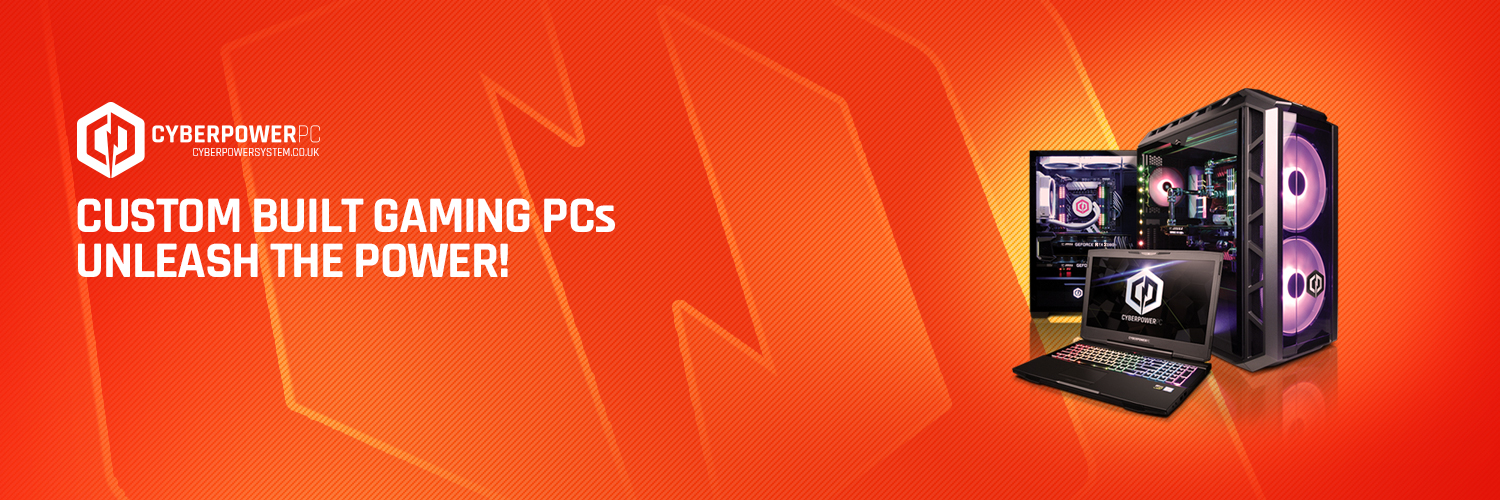 Virtual Reality is a technology with a whole range of applications. Through it, surgeons can rehearse complex procedures; motoring engineers can tweak designs for expensive sports cars, and architects and homebuyers can visualise kitchen refurbishments before they start ordering in those granite countertops.
Virtual Reality is a technology with a whole range of applications. Through it, surgeons can rehearse complex procedures; motoring engineers can tweak designs for expensive sports cars, and architects and homebuyers can visualise kitchen refurbishments before they start ordering in those granite countertops.
The application we’re most interested in, naturally, is gaming. It’s an area where VR promises big. But does it actually deliver? What do we need to get from the technology today, and where might it lead us in the future?
A Brief History of VR Gaming
Virtual Reality isn’t a new idea. The coinage is widely credited to pioneering researcher Jaron Lanier, (the chap who recently created waves recently by arguing that we should all immediately delete our social media accounts). Back in the 1980s, his company created a raft of devices, including the notorious Power Glove.
Things took a considerable step backwards in the mid-1990s, with the release of Nintendo’s Virtual Boy system. It was overpriced, the graphics were an unpleasant monochrome, and it induced headaches and eye strain. It killed any enthusiasm the market might have had for VR, and it would take more than a decade for that enthusiasm to recover.
Fast forward to 2012, and the technology resurfaces in the form of the Oculus Rift, a Kickstarter-backed device that not only displays a stereoscopic 3D world but also comes with head-tracking technology through which the player can actually take a look around. This innovation generated considerable excitement, and ultimately provoked the stampede of modern VR technologies we’re contending with today.
The Current State of the VR industry
Today, VR is a big business. In 2017, the global market was worth around $5.3 billion, and it’s on course to be worth 10 times that amount by 2025. Big names like Microsoft, Facebook (which purchased Oculus VR) and Google all have VR gaming products on the market, and high-end VR gaming PCs have been constructed to take advantage of the new hardware.
But while the expansion of the scene is undeniable, VR remains a niche pastime. Just a fraction of that $5.3 billion comprises actual gaming. And the gaming industry as a whole is worth more than $100 billion, with a similar exponential growth rate. As yet, only a minority of enthusiasts are on board.
For most gamers, the hundreds of pounds spent on specialised hardware represent an insurmountable barrier to entry – they’ll need a good reason to put their hands in their pockets. There has not yet been a title that has achieved this. Valve has made the attempt by revisiting their best-loved franchise with Half-Life: Alyx – a game that featured at the top of our most anticipated games of 2020.
The future of VR Gaming
VR is one of those technologies whose history is littered with embarrassing predictions. In the late 1980s, everyone was certain that VR would imminently replace traditional gaming. In the early 2000s, we were just as confident in proclaiming the death of the technology. We’re therefore hesitant to make bold predictions.
Whether VR takes off in a big style will depend on how successfully consumers can be persuaded to strap a headset on, and whether triple-A studios can be persuaded to invest big money in a title that might reach only a limited audience.
The relative success of Half-Life: Alyx in shifting more than half a million copies should be viewed in the wider context. The biggest gaming releases surpass this by an order of magnitude (or two). Happily, many of those games can be adapted to VR without much trouble. Skyrim and Minecraft have enjoyed a new lease of life with the help of VR technology, and this might form a model for developers looking to push VR while still focusing on the mainstream.

Building a PC for VR
Are all PCs VR ready? Unfortunately not. VR Gaming PCs must meet higher demands. So, what should we be looking at, and what extra considerations should we be making?
Limiting Motion Sickness
You’re playing a game on a conventional panel display. You turn your character and you get a little bit of stalling, your machine goes to draw in a few extra trees in the distance. It’s annoying. After all, we all prefer buttery-smooth gameplay to the juddery kind.
If you’re in VR, however, this can be a deal-breaker. Your brain has a series of expectations about the way that reality should behave, and when these expectations are violated, it’ll assume that you have ingested something that you shouldn’t have. It’ll make you want to lie down, not do a lot, and, if you’re unlucky, vomit.
Just as important as the frame rate is consistent frame times (and this goes for performance in general). Sixty frames a second is going to feel brilliant if those frames are perfectly spaced. If they aren’t, you’re going to start to feel unwell. Most headsets come with refresh rates of 90Hz or more, and it’s vital that your framerate matches with this if you’re going to have a pleasant experience.
What kind of machine can push 90 frames across a 4K display? If you want to play the latest games in this way, you’ll need a serious beast of a computer, complete with plenty of video ram to support all of those extra pixels.
It’s in Your Eyes
Interpupillary distance (or IPD) is the distance from one pupil to another. When the displays of your headset aren’t aligned with your eyes, you’ll experience distortion and blurring effects that can cause headaches and nausea.
Many headsets lack the ability to physically shift the displays further apart or closer together (although they can correct via software). Some, like the Reverb G2, do.
Before investing in VR hardware, you might want to work out your own IPD. You can find specialised smartphone apps which measure the distance between your pupils, or you might appoint a trusted friend with a ruler. IPD correlates with sex, age and height. If you’re at the extremes, then consider a device whose IPD can be mechanically adjusted.
Emphasise the GPU…
The machine will need to be able to sustain a high frame rate across two displays – that generally means a powerful GPU. Your CPU and RAM will be doing the same amount of work as they would if you were playing with a standard display; they’ll simulate physics, drive AI, and track all of the variables in your world. But the burden borne by the GPU will change dramatically.
How will your machine cope with a given headset? Given that most benchmarks cover 1080p, 1440p, and 2160p, you might find this a difficult question to answer. The Oculus Rift S, for example, weighs in at 1280×1440 per eye, which means that it’s pushing just as many pixels as a 16:9 2560×1440 monitor. The Reverb G2 is even heftier, at 2160×2160 per eye. That’s a million more pixels per frame than a standard 4K display!
The heavy lifting isn’t done there, as every image needs a little bit of postprocessing to counteract the curvature of the lens, so you might leave a generous margin for error. Check the resolution of the headset: the more pixels you’re pushing, the more gaming horsepower you’ll need. As a general rule of thumb, you can consider the 4K benchmark roughly equivalent to a headset.
…but don’t skimp on other stuff
If you’re planning a new build, then it’s worth ensuring that your motherboard will be able to accommodate new components when they roll out after a year or so. If you’re unsure whether your current machine needs an upgrade, and where you should invest, then you might run Valve’s SteamVR Performance Test.
Is VR Gaming Worth it?
The appeal of VR for PCs will vary from person to person. Investing in a VR-ready system means buying the headset, controllers, and premium components you’ll need to make the experience flawless.
It provides a level of immersion that traditional gaming can’t rival, and it offers a host of bonuses for that outside gaming. Certain creative applications, like Blender, are adding support for VR devices, meaning that users will be able to sculpt 3D models in ways not seen before.
Thinking about making the leap into a VR games machine? Why not check out the range of custom-built systems we have to offer. They’re specced-up to deal with the challenges of VR, but they’ll also handle more conventional gaming, too!
